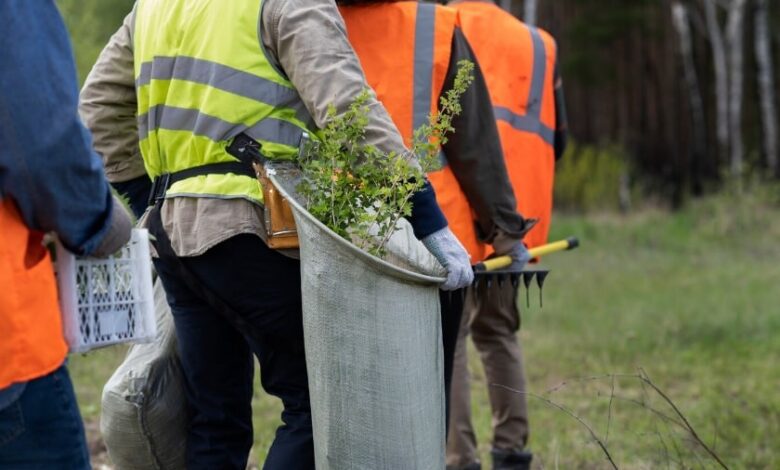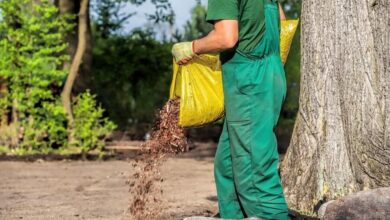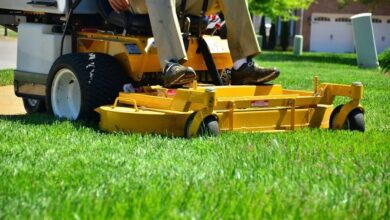Innovative Tree Planting Techniques Used by Professionals

In the face of global challenges such as climate change, deforestation, and biodiversity loss, tree planting has never been more critical. Trees are not just the lungs of our planet, providing the oxygen we breathe; they are also crucial for biodiversity, soil health, and our mental well-being. However, the traditional shovel-and-seed tree-planting method is no longer sufficient as environmental challenges grow. High labor costs, inefficiencies, and low survival rates of newly planted trees call for a revolutionary approach to forestry and reforestation efforts. This is where innovative tree-planting techniques come into play, combining technology with nature to forge a greener future.
The challenges of traditional tree-planting methods are manifold. They often involve significant physical labor, which can be time-consuming and expensive. Furthermore, the survival rate of trees planted using conventional methods can be disappointingly low due to incorrect planting depth, poor soil conditions, or inadequate care post-planting. In response to these challenges, professionals in the field are turning to innovative techniques designed to improve efficiency, reduce costs, and increase the survival rates of planted trees.
Understanding the Basics of Tree Planting
At the heart of successful reforestation and environmental restoration efforts lies a deep understanding of the foundational practices of planting trees. Before we delve into groundbreaking tree-planting techniques, we must appreciate the core principles guiding traditional tree-plantation efforts. This foundational knowledge informs the work of individuals and communities and enhances the effectiveness of professional tree-planting services.
Key Factors for Successful Tree Planting
Soil Preparation: Proper soil preparation can significantly affect the survival and growth of new trees. This includes assessing soil type, pH levels, and drainage capabilities.
Climate Considerations: The local climate dictates the best time of year to plant and which tree species will likely thrive in the area.
Species Selection: Choosing the suitable tree species is crucial for the success of a planting project. Native species are often preferred for their adaptability to the local environment and lower maintenance needs.
Professionals can optimize their planting strategies by understanding these foundational aspects to ensure the highest possible success rates. However, despite meticulous planning, traditional tree planting faces limitations, particularly at the scale needed to combat global deforestation. This is where innovative techniques emerge, offering new hope and possibilities for reforestation projects worldwide.
Innovative Tree Planting Techniques
The fight against deforestation and climate change demands efficiency, scalability, and sustainability in tree-planting efforts. Professionals have recognized these needs and developed several innovative techniques that leverage technology and science to enhance reforestation projects.
Mechanical Tree Planting
Mechanical tree planters are machines designed to plant trees quickly and with less human labor. These planters can be attached to tractors or other vehicles and plant thousands of trees daily. They work by making a slot in the soil, placing the tree seedling inside, and then closing the soil around it. This method is especially beneficial for large-scale reforestation projects where efficiency is vital. Case studies, such as those in commercial forestry operations in North America and reforestation projects in Asia, demonstrate the potential of mechanical planting to significantly increase the number of trees planted daily while reducing labor costs.
Drone Reforestation
Drone reforestation represents a leap forward in planting technology. Drones can access remote or rugged terrains that are challenging for humans to reach. They drop biodegradable pods containing seeds and nutrients directly into the soil. This method allows for planting tens of thousands of trees daily. Drones also gather data on the planting site, which helps plan and monitor the trees’ growth. Using drones in reforestation efforts in Brazil and Myanmar has shown how this technology can enhance the scale and precision of planting operations.
Hydroseeding
Hydroseeding is another innovative approach, traditionally used for grass seeding but now adapted for tree planting. This technique involves mixing tree seeds with water, mulch, fertilizer, and sometimes lime or soil stabilizers, then spraying this mixture over the land. The nutrient-rich slurry promotes rapid germination and growth, and it’s particularly effective in erosion-prone areas. Professionals can tailor the technique for different tree species and environmental conditions by modifying the seed mix.
Mycorrhizal Inoculation
Mycorrhizal inoculation focuses on the relationship between tree roots and beneficial fungi. Trees are better equipped to absorb water and nutrients by inoculating tree seedlings with mycorrhizae, improving their survival and growth rates. This technique is helpful in poor soil conditions where nutrients are scarce. Mycorrhizal inoculation represents a fusion of traditional planting methods with advanced ecological science, offering a natural solution to enhance tree growth and resilience.
The Role of Technology in Monitoring and Maintenance
Beyond planting, technology is crucial in monitoring forest health and growth. Sensors and mobile applications enable real-time tracking of environmental conditions, providing valuable data that can inform maintenance practices and improve the survival rates of newly planted trees. These technologies facilitate early detection of diseases, pests, and environmental stress, allowing timely interventions to protect young forests.
These innovative tree-planting techniques are revolutionizing how we approach reforestation and environmental restoration. By combining traditional knowledge with cutting-edge technology, professionals pave the way for more efficient, sustainable, and successful planting strategies.
Future Trends in Tree Planting
As we look to the future, the field of tree planting is set to evolve further, driven by advancements in technology and a deepening understanding of ecology. Here are some of the trends that are likely to shape the future of reforestation:
Genetic Engineering: Research into genetically modified trees that withstand harsh conditions, pests, and diseases is ongoing. These trees could significantly improve survival rates and growth speeds, making reforestation efforts more effective and resilient to climate change.
Artificial Intelligence and Machine Learning: AI and machine learning are being harnessed to analyze satellite images and environmental data, helping to identify the best locations for planting and the types of trees that would thrive. This precision in planning can optimize reforestation efforts and ensure the highest impact on ecological restoration.
Advanced Drones and Robotics: Drones and robots will become more sophisticated, capable of not only planting seeds but also performing tasks like watering, monitoring, and even weeding. These advancements will further reduce the need for human labor and allow for the care of remote or difficult-to-access areas.
Community Involvement and Crowdsourcing: The future of tree planting also involves greater community engagement, leveraging social media and mobile apps to include people in reforestation efforts. Crowdsourcing can help fund projects, while citizen science initiatives can support monitoring and maintenance activities.
Sustainable Urban Forestry: As urban areas grow, finding innovative ways to integrate trees into cityscapes will become increasingly important. This includes vertical forests, green roofs, and urban parks designed to support biodiversity, improve air quality, and enhance residents’ well-being.
Conclusion
The journey from traditional tree planting methods to today’s innovative techniques highlights a significant evolution in our reforestation and environmental conservation approach. Mechanical planters, drone reforestation, hydroseeding, and mycorrhizal inoculation are examples of how technology and science are being leveraged to address some of the planet’s most pressing environmental challenges.
As we move forward, the integration of advanced technologies and methodologies promises to revolutionize the field of tree planting further. The goal is to plant more trees and ensure they grow into healthy forests that can sustain biodiversity, combat climate change, and support human well-being.
The future of tree planting is bright, with innovations that promise to make reforestation efforts more efficient, effective, and far-reaching. By embracing these advancements, we can look forward to a greener, more sustainable world for future generations.




